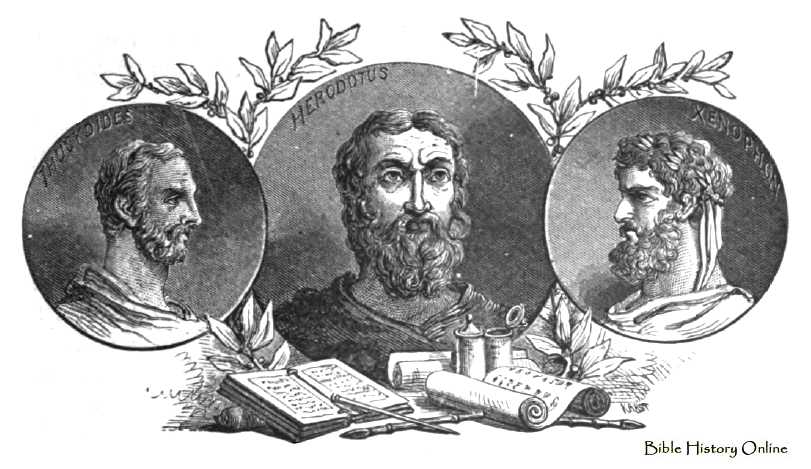I’ve decided to wrap up this series with this post. The book I have been discussing is online for anyone interested in following up the issues in more depth. In the future I may have time to discuss how the same points about Thucydides can be found to apply to other ancient historians like Tacitus, Josephus, Polybius, and so forth, too.
Here are the key points:
- A historian may inform readers he is relying upon eyewitness testimony and personal investigations in order to encourage readers to have confidence in the superiority of his narrative, but the reality may in fact be quite different. In fact the historian may well be re-creating historical scenes from other literature (epics, plays, works of other historical times and places) that are vividly realistic mental images for the reader.
- It was believed important for historians to select noble topics to write about. Their historical narratives were meant to serve the interests of both education and entertainment.
- Educational and inspirational messages were in the form of setting before readers actions that demonstrated the noble or right way to act in various circumstances, or conversely illustrating cases where the ignoble or foolish course of action brought disaster and shame. In this sense historiography belonged to what rhetoricians called the epideictic function. The point was to praise (and sometimes to praise the good by demonstrating the converse) what was good and noble in the past as an inspiration for contemporary audiences.
- Truth was a matter of what was plausible given all we know of the human nature and the natural world. Hence gaps in historical knowledge could be validly filled in by the historian creating scenes that were “true to life”. Historical facts were those details or events that fulfilled the purpose of the historian’s narrative. Continue reading “How Ancient Historians Worked — Summary”

